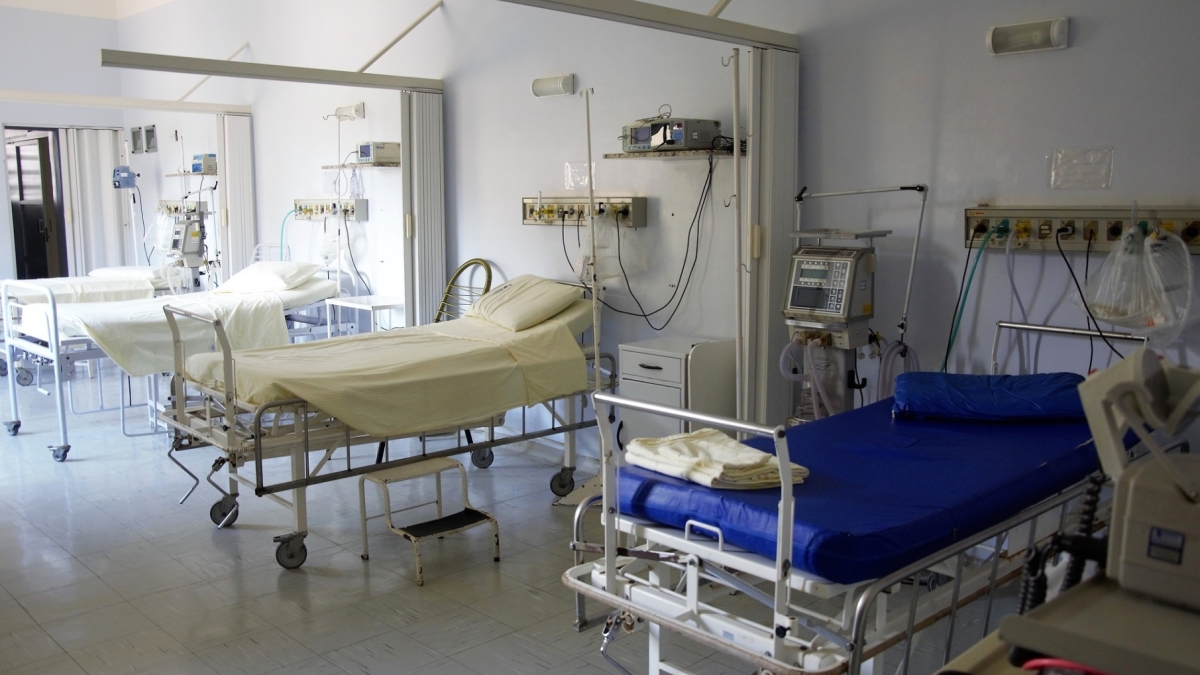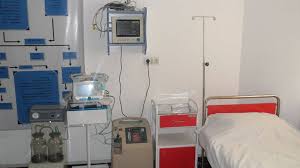- Available 24x7
- Call Us: +91 7011870027
- Email: dr.sandeepkverma@gmail.com
Medical Equipment at Home
- Home
- Medical Equipment at Home

Medical Equipment At Home: Advanced Care in Your Comfort Zone
The need for home-based medical solutions is exponentially increasing in the stretched healthcare landscape. Vamika Home Care's Medical Equipment At Home service is at the forefront of this revolution, bringing top-quality medical technology to your doorstep.
Comprehensive Medical Solutions at Home
We are one of the top medical equipment distributors in Delhi; as such, we know we need the correct tools to be appropriately used to aid our home healthcare. We are not just about equipment provision - our service entails delivery, setup, training, and ongoing support.
We provide a wide array of medical equipment to cater to various healthcare needs:
- Respiratory Support: Suction machines, ventilators, Oxygen concentrators.
- Mobility Aids: Hospital beds, patient lifts and wheelchairs
- Monitoring Devices: Pulse Oximeters, ECG machines, and blood pressure monitors
- Specialized Equipment: ICU setups, dialysis machines, and infusion pumps.
Vamika Home Care Advantage
What sets us apart in the realm of medical equipment in Delhi is our commitment to:
- Quality Assurance: All our equipment meets stringent quality standards
- Expert Guidance: You get complete instruction on the usage of equipment
- 24/7 Support: Any equipment-related query can be resolved in one call around the clock.
Empowering Home Healthcare
We're changing patient care by bringing hospital-grade equipment into homes. Besides improving comfort, this approach facilitates faster recovery, reducing the risk of hospital-acquired infection.

Bringing Hospital Care Home
We are set on providing hospital-grade medical care, all in the convenience of your home. As part of our broad range of medical equipment, we produce from critical care to everyday patient support.
We provide advanced medical devices, e.g., DVT pumps and oxygen concentrators, all the way up to complete home ICU setups with patients that require intensive monitoring. We provide respiratory support equipment such as oxygen cylinders and suction machines to help with adequate breathing. We provide wheelchairs and stretchers to enhance patient mobility and independence. Our specialized equipment roster includes anesthesia machines, CTG machines for fetal monitoring, and patient monitors for specific medical requirements.
Home healthcare comfort is why we supply essential furniture like hospital beds, attended beds, and bedside lockers. We have diagnostic tools such as ECG machines, pulse oximeters, and X-ray viewers for use with our patients to assess them accurately and prepare for treatment. We at Vamika Home Care boast of the ability to equip a well-fitted home healthcare environment with which we pamper a wide variety of medical conditions and assist in the recovery of the patient right in the comfort of their home.
The Impact Of Home Medical Equipment
Right-home medical equipment can save a lot of patients' lives. It allows for:
- Continuous vital sign monitoring
- Responses in short latency to change in condition
- Allow patients to be a little more independent
- In the long run, it reduced healthcare costs.
We are delighted to be a part of helping the home healthcare experiences get better.
Getting Started
Setting up medical equipment at home is a seamless process with Vamika Home Care:
- Consultation: We evaluate your medical needs and the space in which you live
- Equipment Selection: We suggest the best equipment for you.
- Delivery and Setup: We deliver and install the equipment at your convenienc
- Training: In short, comprehensive guidance to equipment usage and maintenance.
- Ongoing Support: Any query or issues - 24/7 assistance
This is the amount of difference that advanced medical equipment can create in your home healthcare experience. At Vamika Home Care's Medical Equipment At Home service, you aren't just buying equipment; you're purchasing an heir to your health and recovery.
Frequently Asked Questions (FAQ)
We stock many things, from respiratory support devices, mobility aids, and monitoring equipment to specialty item-like setups such as home ICU units.
As one of the leading medical equipment distributors in Delhi, we usually dispatch and install our products within 24 to 48 hours and offer an expedited service in case of urgent needs.
Our team provides full training on equipment usage, safety protocol, and basic troubleshooting.
We have 24/7 support and gear replacement or repair service available.
Absolutely. Our experts work with you and your healthcare providers to find Delhi's best medical equipment.
We Are Here For You
Subscribe Now
Get our latest news & update regularly